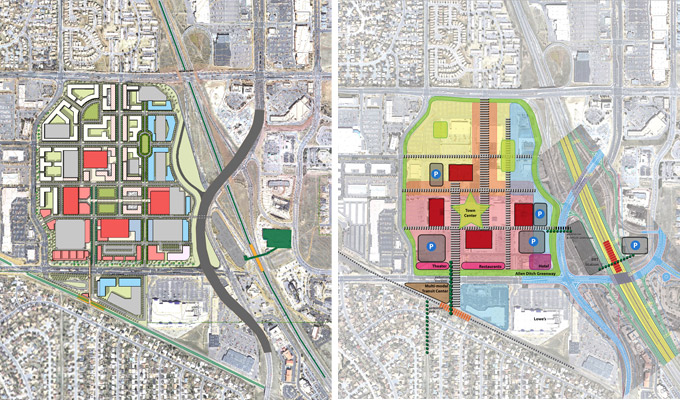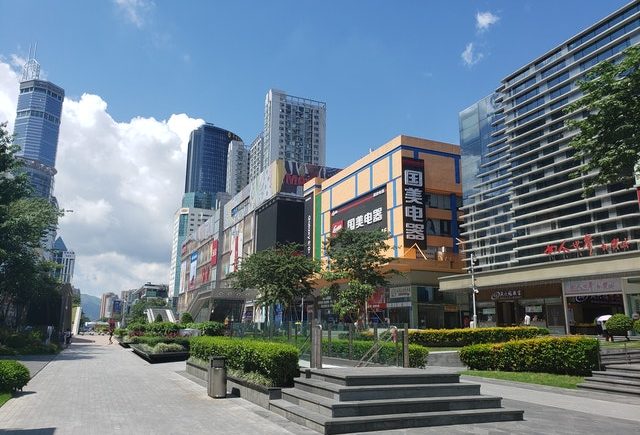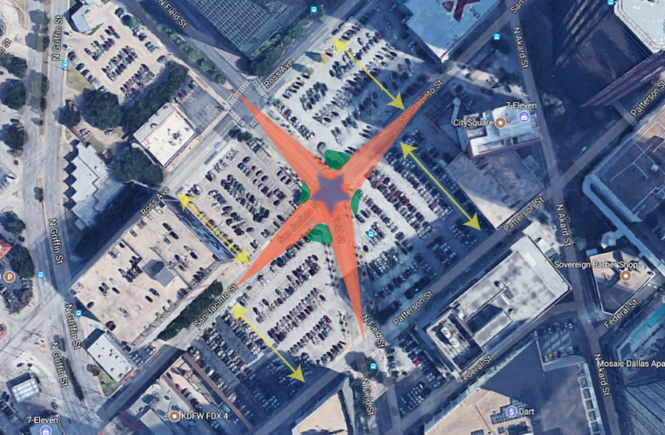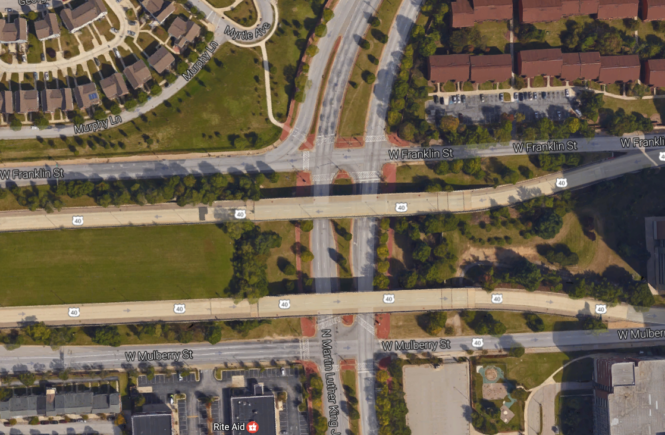Depending who you listen to, brick and mortar retail is either in its final breaths or is simply in a creative shift away from traditional department stores. Either way, things are changing and the death of retail as we know it offers many sustainable redevelopment opportunities.
Many of the stores which are doing the worst are national chains that sell undifferentiated products. Places like J.C. Penny, Sears, and Macy’s, which often anchor shopping malls, are doing especially poorly. Retail vacancy rates never fully recovered after the great recession of 2008, and now structural and technology changes are creating a permanent shift in the way people shop. To top it all off, a new report says that 25% of U.S. malls may close in the next five years. The redevelopment of dying malls will be a major challenge and opportunity for cities across America in the next decade.
Back in the early 2010s there was buzz about redevelopment of shopping malls into mixed use centers. Places like Nashville’s One Hundred Oaks Mall were redeveloped into quasi-mixed use centers with medical clinics, traditional retail anchors and few urban design changes. Other sites like Westminster Mall are set to be demolished and redeveloped into true neighborhoods by rebuilding street grids, adding an array of housing choices and maintaining human-scaled urban design throughout the site.

Given the magnitude of the retail shift ahead, it seems more cities will be taking Westminster’s lead and creating contiguous neighborhoods within former suburban style mall sites. Here are a few things planners and politicians should consider when redeveloping dying malls.
- Sustainable Modes: Unlike the example above, many malls are located in areas with little transit access. New site plans should be developed with recommendations on improving transit, pedestrian and cycling access to the site. While mixed use projects have much higher internal capture trip rates than malls, the site should still be connected to the city’s overall transportation network.
- Street Design: For the best site access, roadway safety and urban design, CNU recommends traditional street grids wherever possible. For internal streets, smaller blocks are best The perimeter of large sites often follows the contours of natural features or other constraints which can break the grid up and create irregular intersections, and that’s fine. Unique intersection angles can be framed with interesting architecture and public spaces.
- Massing: Not everybody will be thrilled that a dense neighborhood is springing up where a parking lot used to be. While suburban style malls are not the ideal urban form by any stretch, many people who live nearby have gotten used to the sight of a wide open expanse. This means fronting the tallest, most dense buildings along the perimeter is probably not a good idea. If the redevelopment site is in a single family residential neighborhood (and many of them are), the perimeter of the site should be saved for the shortest, least dense buildings.
- Rediscover Natural Features: Many malls built in the mid to late 20th century used generic, top down site plans which ignored the natural features of the site. Looking under the asphalt will probably reveal features that have been buried for decades and which can create unique site plans when considered during the earliest phases of the planning process.
- Parking: Many big box retail sites and malls are overloaded with underused parking lots and structures. Even many downtown areas have an over-supply of parking despite perceptions to the contrary. Cities across the country are reducing or even eliminating parking requirements in denser neighborhoods, and mall redevelopment sites offer an opportunity to do the same. Designing a truly walkable, transit-friendly neighborhood means not creating an over-supply of parking which encourages unnecessary automobile trips. Fewer mandated parking structures also means lower development costs and possibly lower commercial and residential rents. Not surprisingly, the traditional malls which are doing best are those least dependent on parking and automobile trips.
Big changes in retail offers big opportunities to re-imagining some of the least inspiring parts of our cities. While the consumer landscape is shifting, urban designers, transportation planners and officials can create quality, livable places which can serve far more people than just weekend shoppers.





